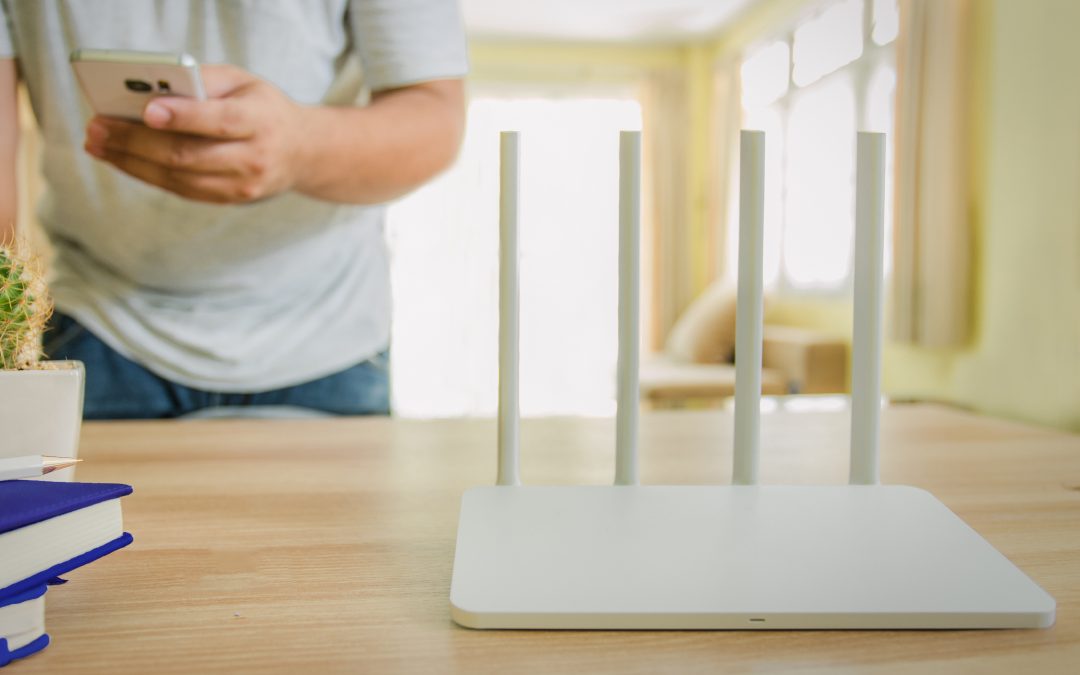It’s important to know the difference between a modem and a router when setting up the Internet system in your home. Not only helping you to properly set up, but it will also help you with troubleshooting. We will remove for you all the confusion you might have between these two devices
Modem
A modem connects to the phone jack (DSL or Fiber Internet) or Coaxial Cable (Cable Internet) in your wall, and it interprets and converts the internet signal to the language that your home devices can understand.
Different modems might have different Internet Speed it can support. Higher Internet speeds such as 1Gpbs will require a larger speed capacity modem with more advanced technology.
In most cases, your ISP will provide a suitable modem to your Internet Speed, either through renting or purchasing.
Wi-fi Router
To create a wireless network in your home, a Wi-fi router is required. While modem brings the internet signal to your house, it needs a router to distribute the signal to different digital devices. The router then can “route” the internet signal to your devices through ethernet cable or Wi-fi.
More often, modem and Wi-fi router are integrated into a single device. In a 2-in-1 device like this, your Wi-fi signal might not be as strong as a separate router. If you have a big house with multiple levels, a stand-alone router or Mesh Wifi system would be more suitable to generate Wi-fi.
Some routers can accommodate 100Mbps Internet Speed, while others can support 1Gbps. Double-check the incoming speed capability of WAN Port.
Again, your ISP will often ask you few questions to advise you on suitable options for a Wi-fi router.
Bottom line
A modem brings the Internet connection to your house, and a router creates an environment for your digital devices to join that Internet signal and connect to your ISP. Chat with your ISP to be advised of the best solution for your home.

